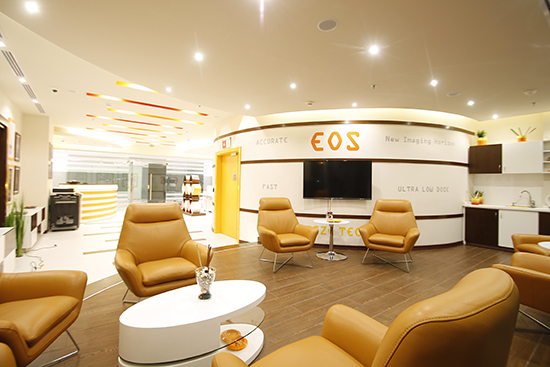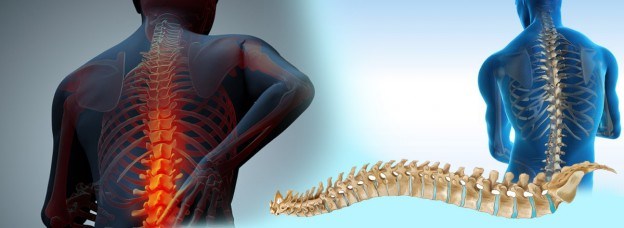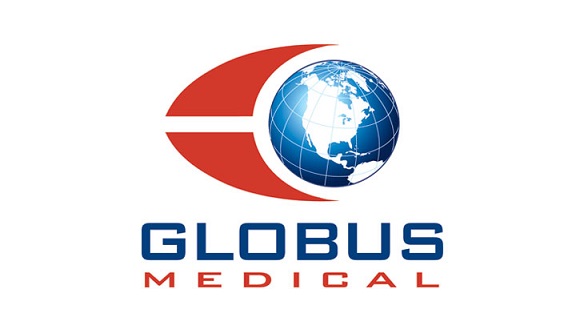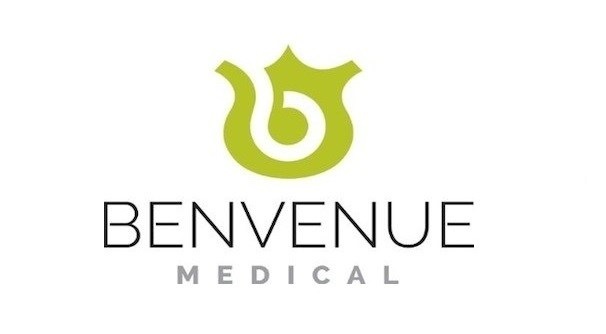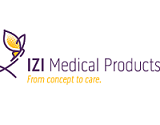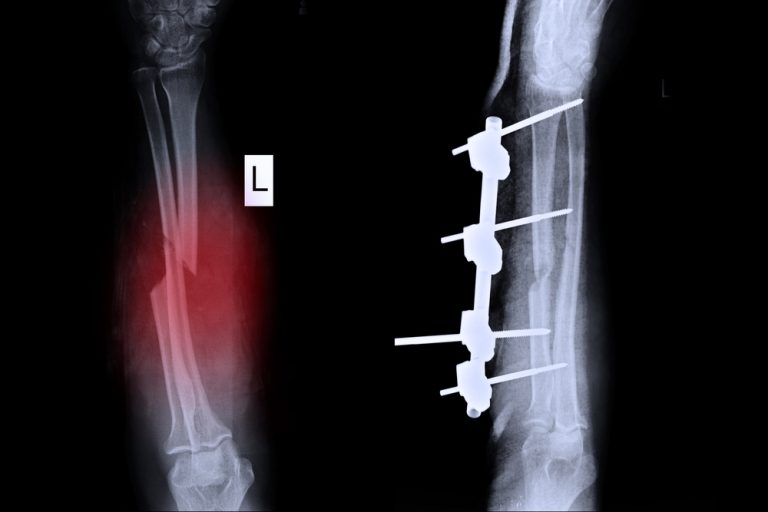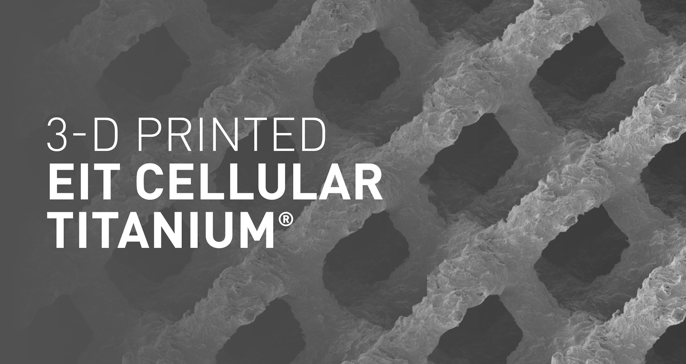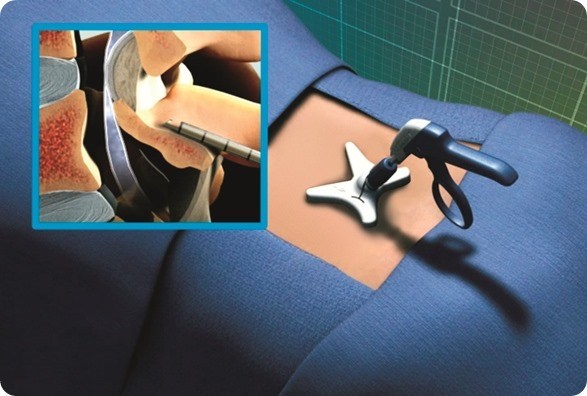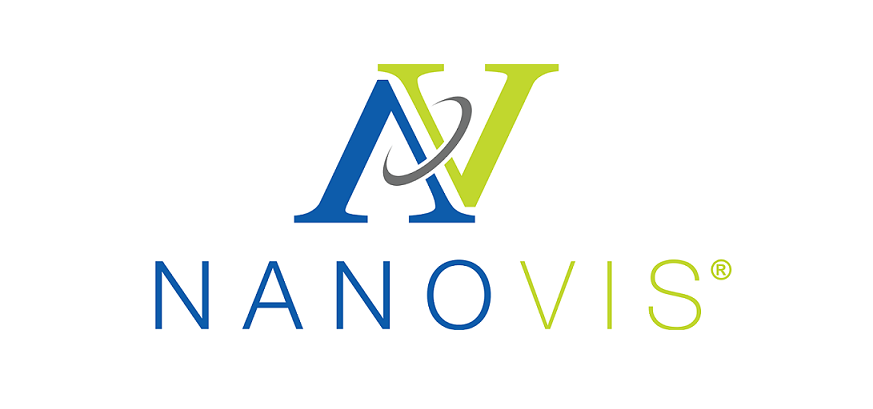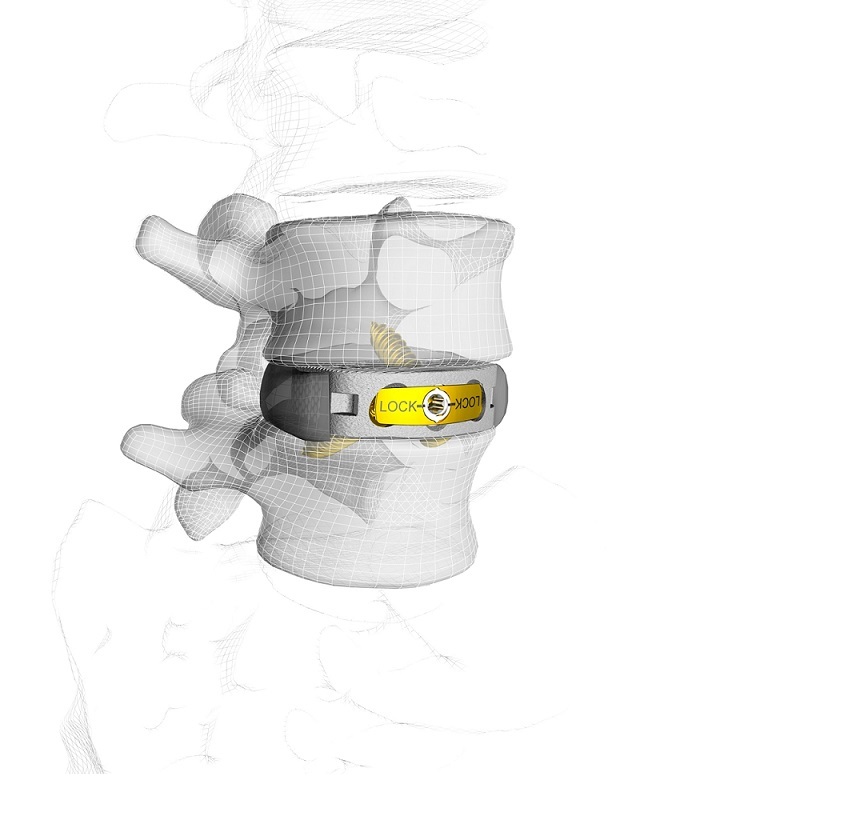COLLIERVILLE, Tenn., Sept. 5, 2018 /PRNewswire/ — AMDT Holdings, Inc. (AMDT) is pleased to announce FDA clearance for their patented SixFix deformity analysis and correction software and instrumentation. AMDT Holdings, Inc. develops new products to address the existing and emerging needs of the multi-billion-dollar extremity medical device market.
Spatial frame fixators usually consist of two rings connected by six adjustable connectors called struts. This type of construct can also be referred to as a hexapod. Fixation elements connect the rings to bone fragments; small, simultaneous changes in the lengths of multiple struts alter the alignment of the bone fragments in relation to one another. Currently, surgeons manually measure and input values, many derived from patient radiographs, into optional software to create a prescription consisting of daily adjustments over a period of weeks or months. The end result is a corrected deformity and a healed fracture.
The SixFix system, which is indicated for use with the Smith & Nephew Taylor Spatial Frame®, dramatically reduces the time and effort involved in manual input of measurements and their values as required by currently available alternatives, and generates a prescription defining the incremental strut adjustments that will ultimately correct the deformity.
With the SixFix system, the surgeon attaches the system’s six radiopaque fiducial markers to the rings of a spatial frame external fixator, and inputs readily available spatial frame characteristics, such as ring diameter, strut length and axial rotation, into the SixFix software. This information is used to graphically map the deformity with line segments that define the axes of the bone fragments. The software utilizes sophisticated algorithms to correct imperfections present in all radiographs, such as variable magnification and perspective distortion, in the process of creating a precise 3-D replica of the frame and the deformity. SixFix software offers the surgeon options to specify waypoints, customized treatment milestones that the surgeon uses to set the order and duration of each correction.
“This is truly a medical innovation that can offer advantages to both my patients and me,” says Paul Freudigman, M.D. An orthopedic surgeon in the Dallas-Fort Worth, TX, area who has treated patients with spatial frames for almost 20 years, Freudigman is eager to utilize the SixFix technology. “The reduction in time and effort to generate a deformity correction prescription using SixFix is remarkable. Even more exciting will be to assess how much the image correction capabilities of the software can improve my outcomes.”
Stephen J. Frania, DPM, FACFAS, a surgeon in Mentor, Ohio, who specializes in reconstructive foot and ankle surgery including lower limb deformity correction, says, “Of all the advantages offered by the SixFix software, time-savings is one benefit that I will realize right away.” He goes on to explain, “The current devices require a great deal of time and manual effort during my clinic hours to measure and record the data necessary to describe the frame and the deformity as represented by their radiographs. I bring these patients in weekly to evaluate the progress of their correction. The time I save and the improved accuracy when using the SixFix software is significant over these repeat visits.”
Samir Mehta, M.D., Chief of Orthopaedic Trauma and Fracture Service for the University of Pennsylvania Health System, who is at the forefront of fracture fixation and deformity correction, also expresses interest in the benefits the SixFix system provides. “The intuitive, graphical nature of the SixFix software reduces my time and effort when treating a deformity. In addition, it works with one of the devices I currently use. The end result is a deformity correction prescription requiring surprisingly little manual input and time.”
The SixFix system was developed under the direction of Michael Mullaney, VP of Product Development at AMDT Holdings, Inc., who created the web-based implementation of the forward kinematic solution that solved the challenge of the crooked frame on a crooked bone when the Smith & Nephew Taylor Spatial Frame® was first widely used. In reference to the SixFix system, Mullaney says, “The six radiopaque markers provide full descriptive positional data to the SixFix software that enable it to create an accurate 3-D replica of the frame and deformity regardless of how the radiographic images were taken. The SixFix is a far more powerful and accurate tool than my prior deformity correction application as well as more intuitive, faster and easier-to-use.”
Patrick Mullaney, President and CEO of AMDT Holdings, Inc., has also been involved in this segment of orthopaedic devices since its inception in the mid-1990s. “While the SixFix software represents significant advantages in ease-of-use to the surgeon, these major benefits will be compounded with the introduction of a truly innovative hexapod that is currently in development. Initial test results of the hexapod are impressive. We plan to submit this 510(k) application to FDA shortly.”
Since its inception in 2016, AMDT has been focused on designing, validating and commercializing innovative devices to address challenges faced by surgeons treating fractures and correcting deformities. Headquartered outside of Memphis in Collierville, Tennessee, AMDT also commercialized the AMDT Mini-Rail Fixator in early 2017, a modular unilateral external fixator that provides versatile fixation for simple or complex trauma, deformity correction and lengthening procedures. Arrowhead Medical Device Technologies, LLC, the sister organization to AMDT, was founded in 2010 to commercialize the patented ARROW-LOK® Digital Fusion System. Designed to effectively correct digital deformities of the foot, it has the distinction of being the world’s tiniest intramedullary nail. To learn more about AMDT, SixFix and the AMDT Mini-Rail Fixator, please visit www.AMDTHoldings.com. The ARROW-LOK can be viewed at www.ArrowheadDevices.com.
SixFix is a trademark of AMDT Holdings, Inc.
ARROW-LOK is a registered trademark of Arrowhead Medical Device Technologies, LLC.
Taylor Spatial Frame is a trademark of Smith & Nephew, Inc.
![]() View original content:http://www.prnewswire.com/news-releases/amdt-holdings-inc-gains-fda-clearance-for-the-sixfix-system-300707520.html
View original content:http://www.prnewswire.com/news-releases/amdt-holdings-inc-gains-fda-clearance-for-the-sixfix-system-300707520.html
SOURCE AMDT Holdings, Inc.


